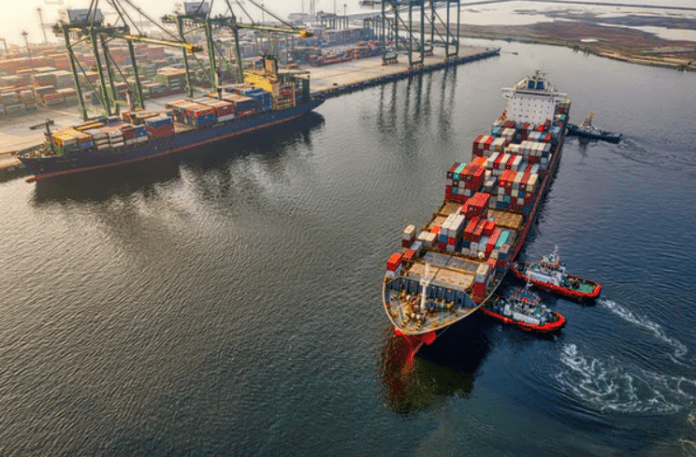
Danish shipping data analysis firm Sea-Intelligence has examined the blank sailing trends on the Trans-Pacific market.
The analysts said that over the past several weeks, there has been a sharp week-by-week increase in the number of blank sailings on the Trans-Pacific.
“When we look across what was deployed in April and what is scheduled for May combined, blanked capacity accounts for 19% of the total Asia to North America West Coast (NAWC) planned capacity, and 17% of the total Asia to North America East Coast (NAEC) planned capacity, across those two months,” said the analysts, who went on to explain: “But a high level of blank sailings does not automatically translate into a large reduction of capacity Y/Y, if the originally planned level of capacity, without blank sailings, constituted a large increase in capacity deployment on a Y/Y basis.”

At the end of March – just before the launch of the new trade war – the shipping lines collectively were planning to increase the capacity on the Asia-NAWC trade by 17% Y/Y. Now, we are at a point where they are reducing the capacity compared to April and May 2024, by -4.3% Y/Y. On Asia-NAEC, prior to the trade war, the lines planned to increase trade capacity by 10.9% Y/Y, but this has now been changed to a Y/Y capacity reduction of -4.9%.
This explains the seemingly counterintuitive situation, say the Danish experts, where blanked capacity is 17%-19% of the total planned capacity on the two Trans-Pacific trade lanes, while Y/Y capacity reduction is 4%-5%.
At the end of March, the shipping lines had planned a significant capacity injection into the trade, but the blanked capacity and the deployment of smaller vessels have switched the Y/Y capacity injection to a capacity reduction.
Alan Murphy, CEO of Sea-Intelligence, commented: “Container volume data for Asian exports in April will not be available before early June, but indications from carriers and forwarders suggest a Chinese booking downfall in the -30% to -50% range, much greater than the 4%-5% reduction in capacity.”
He added: “While the Chinese volume drop will be partially offset by uptake elsewhere in Asia, it does not seem likely that gains in the rest of Asia can offset the loss from China. This could result in even more blank sailings in the coming weeks, and possibly lead to a significant drop in spot rates.”





